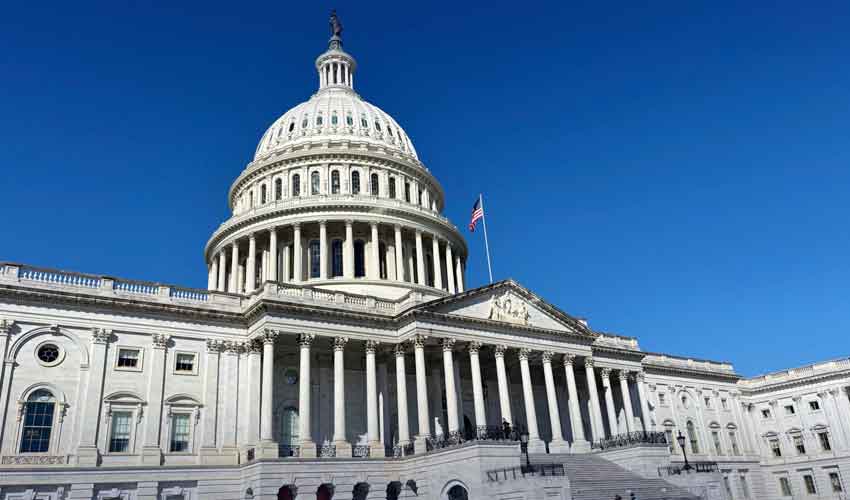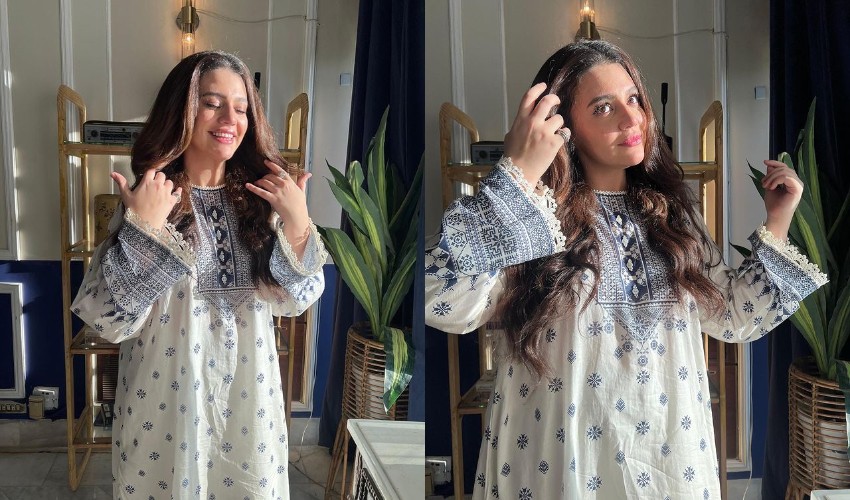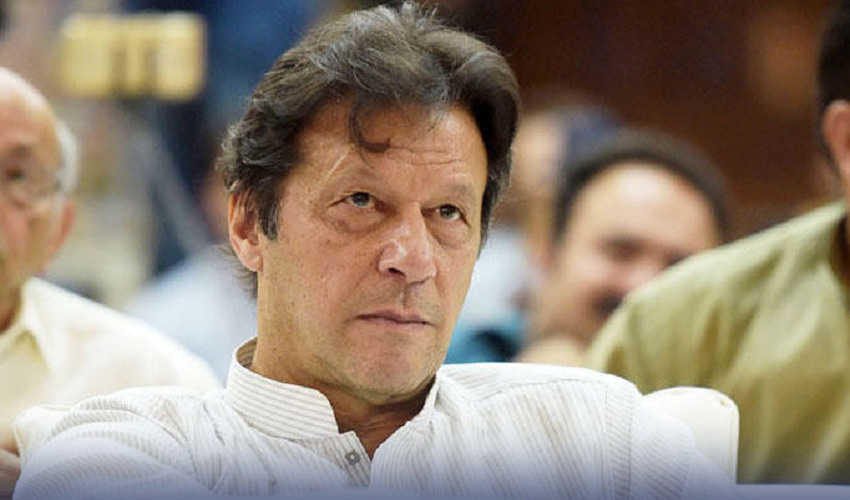As the 2024 US presidential election approaches, a significant yet subtle force looms over the campaign: gender. In a contest often dominated by discussions about the economy and character, the candidacy of Vice President Kamala Harris represents a critical turning point in American politics.
This election is not merely a battle of ideas; it has evolved into a referendum on the role of women in American life, especially considering Harris’s potential to become the nation’s first female president.
Gendered landscape
With less than two weeks until Election Day, the stark reality of the gender divide in the electorate has emerged. Although both candidates have largely avoided explicitly addressing gender in their campaigns, it remains a defining element influencing voter behavior and sentiment.
Pro-Harris stickers plastered in public spaces remind voters of the solidarity among women, emphasizing that their choices at the polls are personal and private. In contrast, Trump aides have resorted to derogatory language to undermine the opposition, suggesting a broader cultural war being waged on multiple fronts.
Polling data reveals a persistent gender gap. Women are continuing to support Democrats at rates significantly higher than men, a trend that has only intensified in recent months. According to a recent survey by The New York Times and Siena College, Harris leads Trump by 16 percentage points among likely female voters, while Trump holds an 11-point advantage among likely male voters. This divergence highlights the growing significance of gender dynamics in the current electoral landscape.
Roots of gender divide
Several factors contribute to this gender gap, including Trump’s well-documented history of denigrating women, Harris’s trailblazing candidacy, and the lingering effects of the Supreme Court’s overturning of Roe v. Wade. Political analysts suggest that Harris’s bid for the presidency has drawn out deep-rooted biases that may not have been as pronounced in previous elections. Observers note that the 2024 race marks an unprecedented moment where gender plays a central role in determining electoral outcomes.
Governor Janet Mills of Maine posed a thought-provoking question during a recent campaign event, asking a group of Democratic women whether the race would be this close if Harris were a man. Responses were swift and emphatic, suggesting that many believe Harris’s gender significantly impacts her electoral prospects.
Celinda Lake, a veteran Democratic pollster, elaborated on this notion, indicating that both campaigns are acutely aware of the need to appeal to female voters while also addressing male voter concerns. “It’s Whac-a-Mole,” Lake remarked, highlighting the necessity for both candidates to court support from both genders to secure a victory.
Influence of younger voters
The generational divide further complicates the dynamics of this election. The youngest voters—particularly women aged 18 to 29—exhibit robust support for Harris, with 69 percent favoring her candidacy compared to just 45 percent of young men. This stark contrast signifies a broader shift in attitudes toward female leadership among younger generations, who have grown up witnessing increased political representation of women.
Despite this positive trend, many Democratic supporters express unease regarding the persistent biases that hinder Harris’s campaign. Liz Shuler, president of the A.F.L.-C.I.O., articulated the frustration felt by many: “To not be able to cross that ultimate threshold of the highest position of power in the world would be a sucker punch.”
Acknowledging sexism in politics
While Harris remains optimistic about her chances, asserting that the nation is “absolutely” ready for a female president, internal discussions within the Democratic camp reveal deep-rooted anxieties. Some strategists believe that the party is grappling with a new form of sexism that manifests subtly rather than through overtly sexist remarks.
As Harris’s campaign strategy unfolds, it diverges significantly from that of Hillary Clinton in 2016. Rather than emphasizing her historic candidacy as a political asset, Harris tends to downplay the significance of her gender and race, focusing instead on policy issues and the needs of the American people. This approach reflects both a desire to avoid repeating past mistakes and a determination to prove herself based on merit rather than identity.
Republican counterattack
Conversely, Trump’s campaign appears to be banking on mobilizing male voters through traditional gender roles and hypermasculinity. His public statements often evoke images of protection and strength, which may resonate with a segment of the electorate that feels threatened by the changing dynamics of gender roles in politics. However, some Republican strategists express concern that this strategy risks alienating women, particularly in light of the backlash against abortion restrictions since the Dobbs decision.
As the election draws nearer, both campaigns are aware of the stakes involved. The Harris campaign is actively courting the growing coalition of energized female voters who have consistently backed Democrats since Trump’s presidency. With a focus on restoring federal abortion rights and addressing the concerns of suburban women, Harris aims to solidify her support base.
Former Representative Liz Cheney, a prominent Republican supporter of Harris, has articulated this message clearly, asserting the need to reject the misogyny exemplified by Trump and his allies. Cheney's endorsement highlights a potential shift among moderate Republican women who may feel disillusioned by the party's current direction.
As the race continues to unfold, the intersection of gender and politics remains a crucial factor in determining the outcome of the election. While both candidates strive to navigate this complex landscape, the implications of gender on voter behavior are undeniable. The 2024 election may well be a watershed moment for women in politics, with Kamala Harris standing at the forefront of this pivotal struggle.
In the end, this election is about more than just policies or personalities; it is a reflection of societal attitudes toward women and leadership in America. As voters prepare to cast their ballots, the question remains: will they embrace the changing dynamics of gender in politics, or will they retreat to familiar narratives that have historically sidelined women? The answer may redefine the very fabric of American political life for years to come.



























